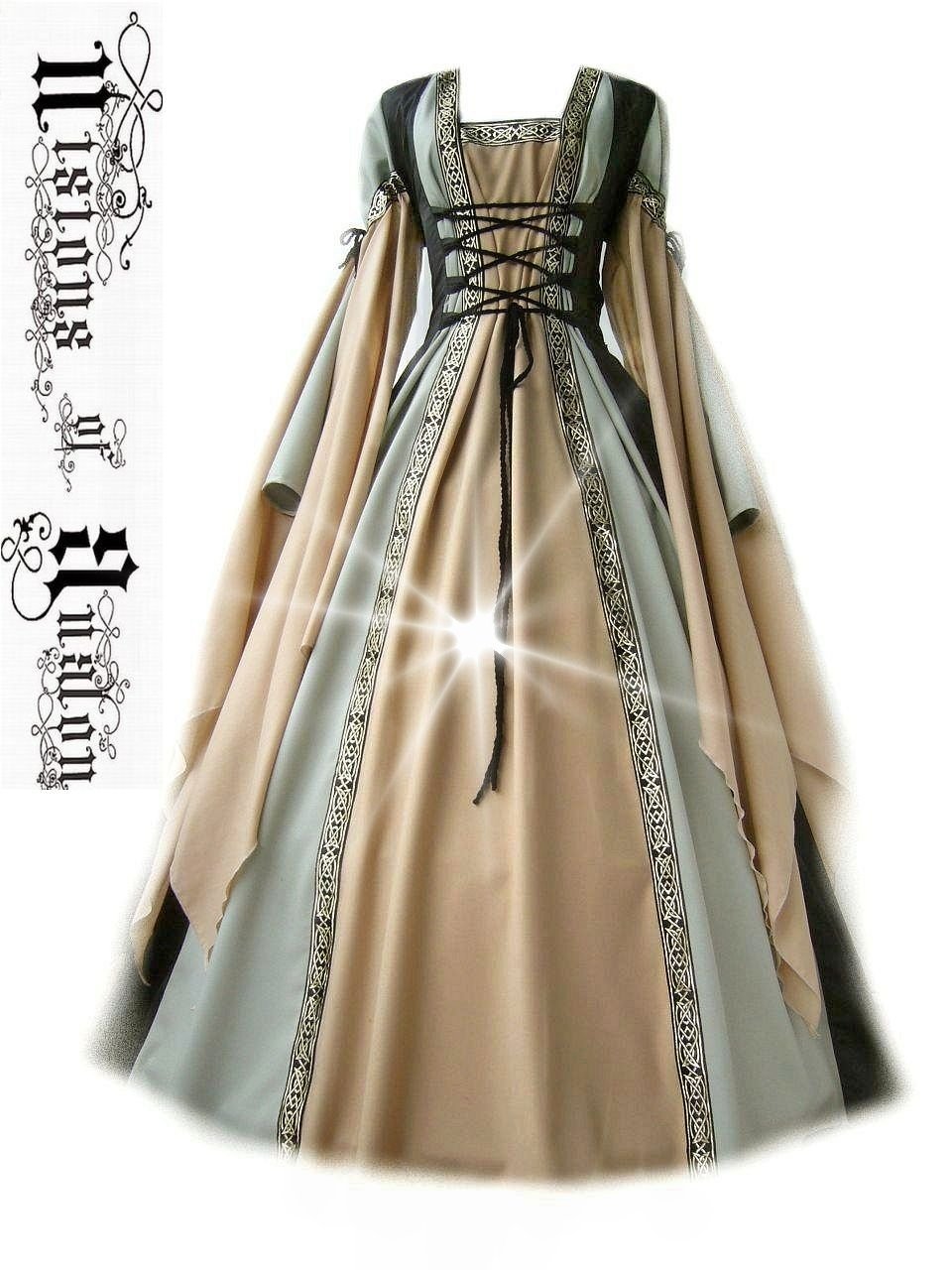

Historians believe that the early inhabitants of Ireland dressed in wool cloth, although some argue that garments made of animal skins were more prevalent. Little is known about Irish apparel before the twelfth century. William Gibson, 2nd Baron Ashbourne (1929) adopted "Irish dress" during the Gaelic revival. 1575) of "Irish in the service of the late king Henry (VIII)" depicting a léine.

Donegal is the heartland of Irish tweed and Donegal tweed is better known than other Irish tweeds. Today, a few mills exist around Ireland which re-create this tweed in the traditional manner. In the past, much weaving was done in the home, with the fabric being delivered to a broker. Irish Tweed is a woven fabric incorporating mutli-coloured neps - scraps of wool said originally to have been swept from the floor under the looms at the end of the day, and incorporated into the next day's weaving. Aran jumpers were invented in the early 20th century. Irish clothes are generally very well-made and have a long history of significance attached to them. The clothing culture of Ireland is an interesting aspect of the country. Shoes or brogues and pants were also commonplace in Ireland since the early Medieval period long before the Anglo-Normans came to Ireland. Muiredach's High Cross (9th century) clearly depicting the Irish léine and mantles. ( Learn how and when to remove this template message) ( July 2021) ( Learn how and when to remove this template message)

Please do not remove this message until conditions to do so are met. Relevant discussion may be found on the talk page. The neutrality of this article is disputed.


 0 kommentar(er)
0 kommentar(er)
